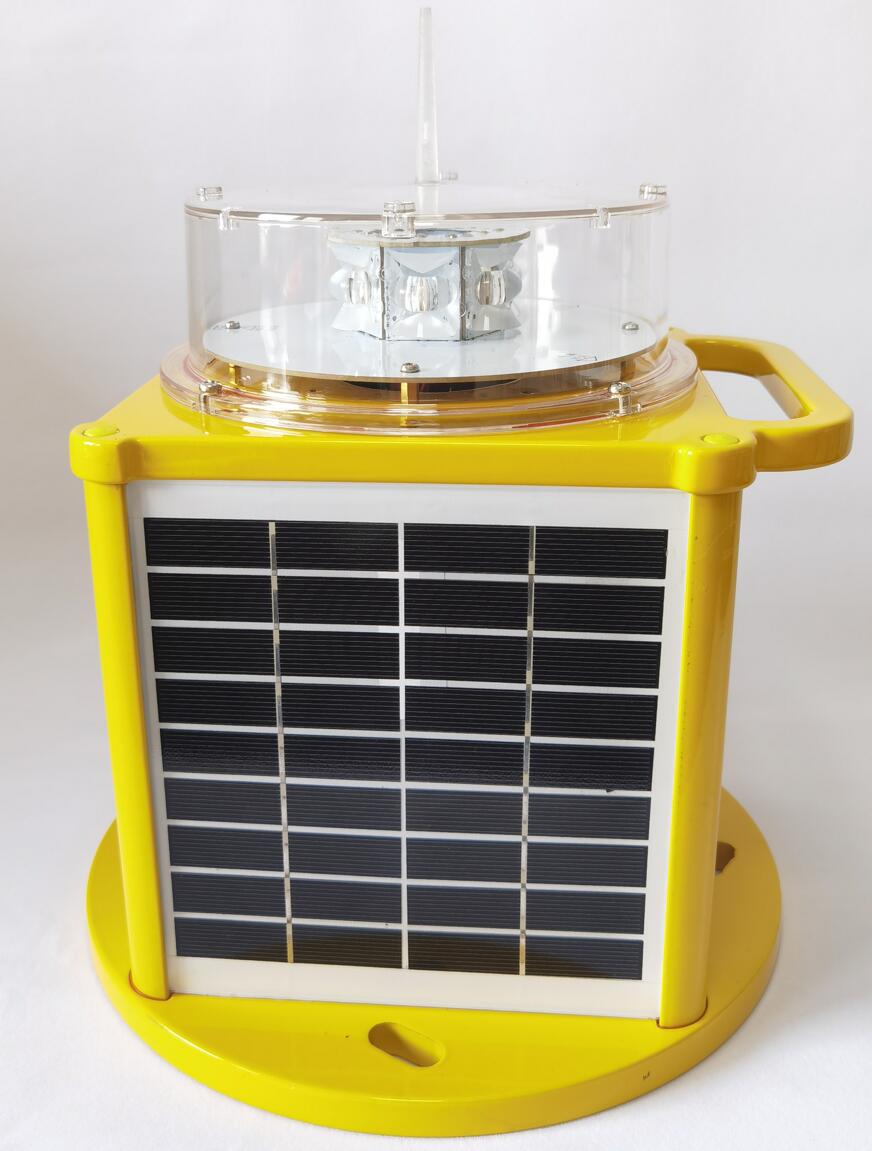Solar Helipad Lights: The Future of Sustainable Aviation Lighting
Solar helipad lights are revolutionizing nighttime helicopter operations by providing reliable, eco-friendly illumination without reliance on grid power. These innovative lighting systems harness solar energy to ensure visibility, safety, and compliance with aviation regulations. This article explores the benefits, functionality, and applications of solar-powered helipad lights, highlighting their growing role in modern aviation infrastructure.
Why Solar Helipad Lights Are Essential
Helicopter landings require precise navigation, especially in remote or off-grid locations where traditional power sources are unavailable. Solar helipad lights offer several key advantages:

Energy Independence: Operate without external electricity, making them ideal for remote helipads.
Cost Efficiency: Eliminate ongoing electricity costs and reduce maintenance needs.
Environmental Sustainability: Reduce carbon footprint by using renewable energy.
Reliability: Equipped with battery backups to ensure continuous operation, even after several cloudy days.
| Solar Helipad Lights | Solar Helipad Light |
These benefits make solar-powered lighting a preferred choice for hospitals, offshore platforms, military bases, and emergency response sites.
Key Components of Solar Helipad Lighting Systems
A fully functional solar helipad light system consists of:
Solar Panels: Capture sunlight and convert it into electrical energy.
Battery Storage: Stores excess energy for use during nighttime or low-light conditions.
LED Lights: High-intensity, low-power consumption lights for maximum visibility.
Charge Controller: Regulates power flow to prevent battery overcharging or depletion.
Mounting Structure: Ensures optimal solar panel positioning and light alignment.
Advanced models may also include:
Smart Sensors: Automatically adjust brightness based on ambient light or helicopter approach.
Wireless Monitoring: Allows remote status checks and performance tracking.
Types of Solar Helipad Lights
Different lighting configurations serve specific purposes:
Solar Perimeter Lights: Outline the helipad’s edges for clear boundary definition.
Solar Floodlights: Illuminate the entire landing surface for enhanced visibility.
Solar Approach Lights: Guide pilots during descent with directional lighting.
Solar Wind Indicators: Combine lighting with wind direction cues for safer landings.
Applications of Solar Helipad Lights
These systems are widely used in scenarios where traditional power is impractical:
Remote Medical Helipads: Ensure 24/7 readiness for air ambulances in rural or disaster-stricken areas.
Offshore & Marine Helipads: Provide reliable lighting on oil rigs, ships, and isolated platforms.
Military & Search-and-Rescue (SAR): Support night operations in austere environments.
Urban Rooftop Helipads: Offer sustainable solutions for hospitals, hotels, and corporate buildings.
Regulatory Compliance & Standards
Solar helipad lights must meet strict aviation guidelines, including:
FAA AC 150/5390-2C: Specifies intensity, color, and spacing for helipad lighting.
ICAO Annex 14: Ensures international compatibility and safety standards.
IEC 61820: Covers performance and durability requirements.
Manufacturers design solar lights to comply with these regulations, ensuring they perform as effectively as conventional systems.
Advancements in Solar Helipad Lighting Technology
Recent innovations include:
High-Efficiency Solar Panels: Generate more power even in low sunlight conditions.
Longer-Lasting Batteries: Lithium-ion and deep-cycle batteries extend operational life.
Smart Lighting Controls: Adaptive brightness and motion-activated systems optimize energy use.
Durable & Weatherproof Designs: Built to withstand extreme temperatures, saltwater corrosion, and heavy winds.
Future Trends in Solar-Powered Helipad Lighting
The industry is moving toward:
Hybrid Systems: Combining solar with wind or kinetic energy for uninterrupted power.
AI-Integrated Lighting: Predictive adjustments based on weather and flight data.
Modular & Portable Solutions: Rapid-deployment solar lights for temporary helipads.
Solar helipad lights represent a sustainable, efficient, and reliable solution for modern aviation lighting needs. By eliminating dependence on grid power and reducing environmental impact, they are becoming indispensable in remote, marine, and emergency applications. As technology advances, these systems will continue to improve, offering smarter, more resilient lighting for safer nighttime helicopter operations worldwide.
